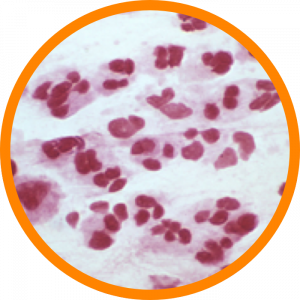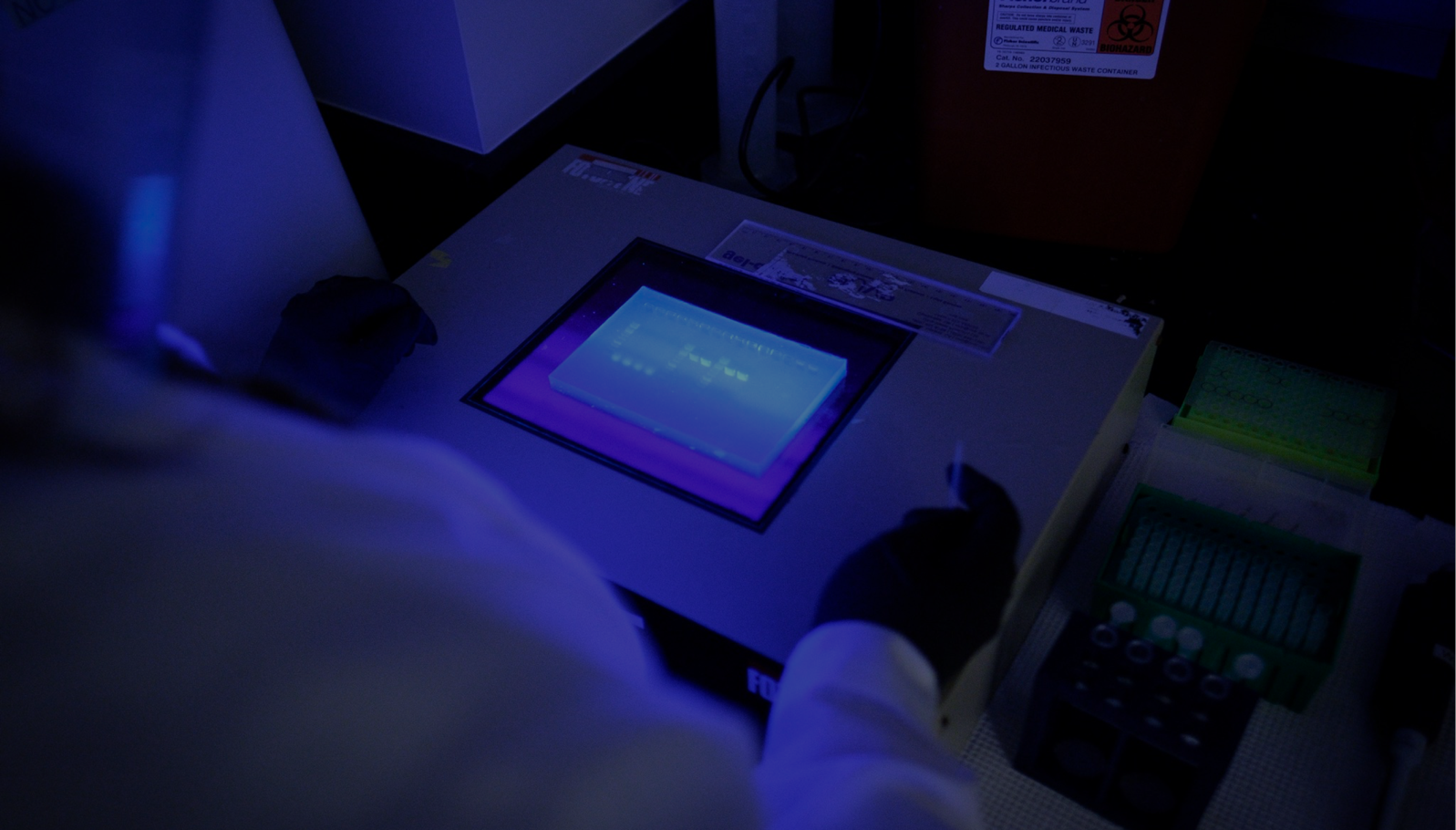Overview

Mycoplasma genitalium was first identified in the early 1980s. It is now more common than Gonorrhea.
M. genitalium is a slow-growing organism. Culture can take up to 6 months, and only a few laboratories in the world are able to recover clinical isolates. Therefore, a nucleic acid amplification test (NAAT) is the preferred method for M. genitalium detection.
In research settings, M. genitalium is diagnosed by NAAT testing of urine, urethral, vaginal, and cervical swabs and through endometrial biopsies, typically using in-house polymerase chain reaction (PCR) or assays intended for research use only.
M. genitalium lacks a cell wall, and thus antibiotics targeting cell-wall biosynthesis (e.g., beta-lactams including penicillins and cephalosporins) are ineffective against this organism. Given the diagnostic challenges, treatment of most M. genitalium infections will occur in the context of syndromic management for urethritis, cervicitis, and pelvic inflammatory disease (PID).
Source: Centers for Disease Control and Prevention
OUR FOCUS
CERID research includes structural genomic studies through the Van Voorhis’ lab’s affiliated project, Seattle Structural Genomics Center for Infectious Disease.
Associated labs



